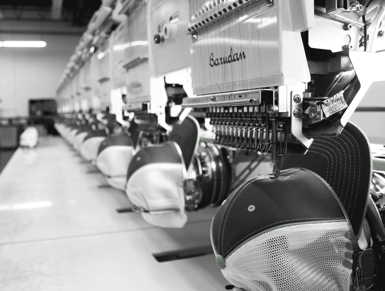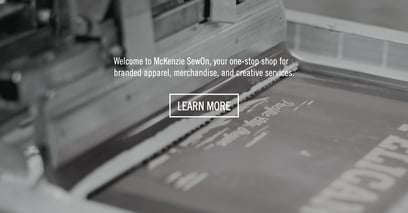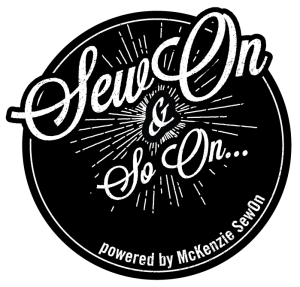

In one corner sits a massive screen printing press, in the other, a needle and thread. Which one do you put your money on?
While that may be a bit of an oversimplification, there’s a lot of choices for how to get your logo, business name or just a friend’s face on a shirt. Both screen printing and embroidery have their merits, but which one best suits your needs?
Screen printing
Screen printing is a stencil-based method of printing that uses photosensitive liquid called emulsion. A stencil of the negative space is made using the emulsion and then ink is applied where there is no emulsion.
In designs where multiple colors are used, a screen is made for each color and then printed in a separate layer onto the product. Screen printing is a quick and cheap way to get your logo or design onto T-shirts, hats, posters and boxes.
Screen printing is typically more effective on loosely woven fabrics, like a cotton T-shirt or sweatshirt, as opposed to a more densely woven material, like a flannel. As screen printing does not intrude upon the weave of a garment, designs can be made any size without compromising the integrity of a garment.
There are numerious techniques and ink types available to create different effects, textures, and definition in the artwork.
Embroidery
Embroidery is a centuries-old method of decorating. Embroidery is achieved by looping thread through fabric to create textured blocks of color. Over time the process has moved away from ancient hand-stitching methods and on to a more modern, mechanized process.
An embroidery machine is different from a typical structural sewing machine in that embroidery machines cannot construct a finished garment from scratch, but can only modify existing garments. The machines are controlled by one of many embroidery software programs, which require special file types to communicate with the machines themselves. The process of converting a logo or design to the proper file is called 'digitization' and must happen for each unique logo (including the same logo in a different size). This technology allows for very intriticate designs on a wide variety of fabrics, using large combinations of thread colors.
Embroidery will yield the best results when applied to a thicker, more densely woven fabric like a collared shirt, hat or bag. When considering larger designs one should ensure the garment will be able to withstand the embroidery.
Which do I choose?
“The difference between screen printing and embroidery is that screen printing is relatively simple and embroidery is not,” said Shay Lee, an employee in the screenprinting and embroidery business.
Lee regularly works with both mediums and said the main way this difference is passed on to the customer is through cost, which is based mostly on the accessibility of the equipment. Embroidery machines are typically more expensive than screen printing equipment. “It would be a lot of money invested to be an embroiderer,” Lee said.
The importance of working directly with a person or business to get the exact design you had in mind cannot be understated. Communication will help ensure that you get the exact product you envisioned.
Though each method will yield a slightly different result, both are tested and true techniques of decorating garments. Lee describes the difference between them as “the difference between sculpture and painting.” Either way, you’ll end up with a work of art, or maybe just a buddy’s face on a shirt.
-The SewOn Team
Looking for more information? Contact Us or Request a Quote!


%20.png)
